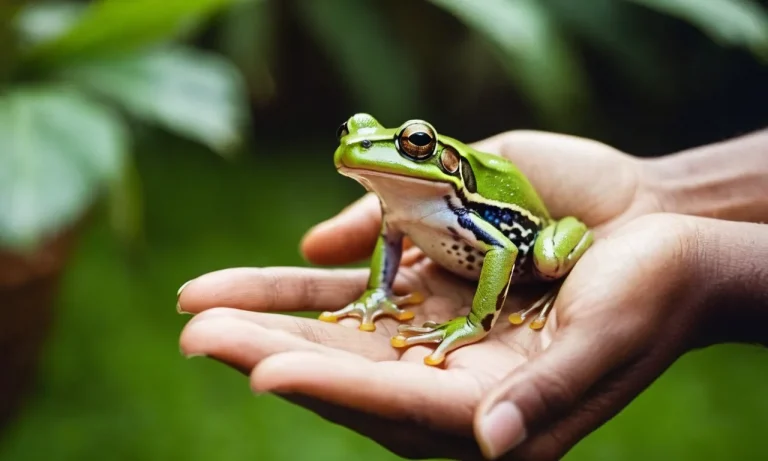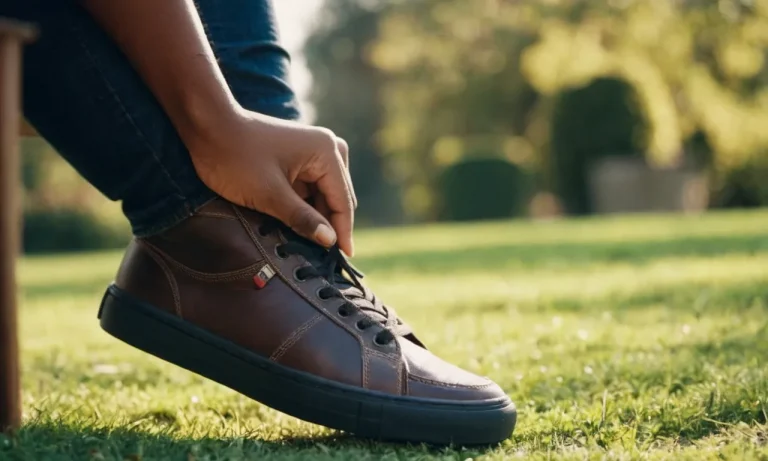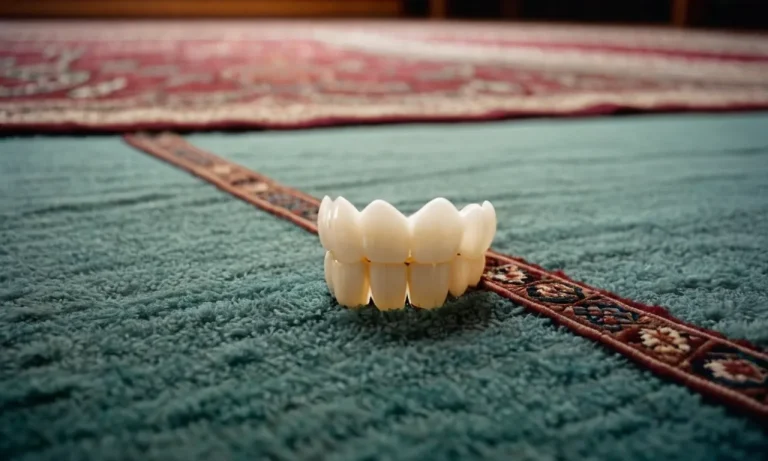The sand dollar is a familiar seashell that has fascinated beachcombers for ages. With its round, flat shape and intricate markings, the sand dollar holds an air of mystery and beauty. If you’ve ever wondered what meaning lies behind these delicate finds, you’ve come to the right place.
In short, sand dollars symbolize protection, fertility, and resurrection in various cultures around the world. But there is so much more to uncover about these enchanting seashells. Keep reading to learn all about the history, biology, and symbolic significance of the sand dollar.
The Biology and Physical Features of Sand Dollars
Sand dollars are fascinating creatures that belong to the class Echinoidea, which includes sea urchins and sea stars. They can be found in oceans all over the world, typically in shallow waters near sandy bottoms. These marine animals have a distinctive round shape and are covered in tiny spines.
Their Classification and Anatomy
Within the class Echinoidea, sand dollars fall under the order Clypeasteroida. They are further classified into various families and species based on their specific characteristics. Sand dollars have a flattened body that is divided into five distinct sections, known as petaloids. These petaloids radiate from the central disk, giving the sand dollar its characteristic star-like appearance.
The Unique Skeletal System and Spines
The skeleton of a sand dollar is composed of calcium carbonate plates, which are held together by connective tissue. These plates form a rigid structure that provides protection and support for the sand dollar. One of the most fascinating features of sand dollars is their spines. The spines serve multiple purposes, including locomotion, burrowing, and defense against predators. The spines also aid in the sand dollar’s ability to bury itself in the sand.
Interestingly, the spines of a sand dollar are covered in tiny, hair-like structures called cilia. These cilia create a flow of water that helps the sand dollar move and capture food particles. The spines can also be used to sense changes in the environment, allowing the sand dollar to respond to potential threats or changes in water conditions.
The Oral Side Versus Aboral Side
When observing a sand dollar, you will notice distinct differences between the oral side and the aboral side. The oral side is the bottom side of the sand dollar, where the mouth and feeding structures are located. It is covered in small, tube-like structures called tube feet, which are used for feeding and respiration.
The aboral side, on the other hand, is the top side of the sand dollar and is covered in spines. The spines on the aboral side serve a protective function, helping to deter predators and provide camouflage. Additionally, the aboral side often has intricate patterns and designs, which vary between species.
For more information on sand dollars and their biology, you can visit National Geographic or Encyclopedia Britannica.
Legends and Lore: Symbolic Meanings of the Sand Dollar
The sand dollar, with its unique star-shaped pattern on its hard exoskeleton, holds deep symbolism and meaning in various cultures and beliefs. Let’s explore some of the fascinating legends and lore behind this intriguing sea creature.
Protection, Fertility, and Rebirth
In many cultures, the sand dollar is seen as a symbol of protection, fertility, and rebirth. Some believe that finding a whole sand dollar washed up on the shore brings good luck and ensures the safety of those who possess it. It is said to protect against negative energy and bring harmony to relationships.
The five-point star pattern found on the sand dollar is often associated with the five wounds of Christ, tying into its Christian symbolism. The sand dollar’s delicate appearance, yet strong structure, is seen as a representation of resurrection and the power of faith.
Christian Symbolism and the Easter Link
In Christian symbolism, the sand dollar has a special connection to Easter. When the sand dollar is broken open, it reveals five white doves, representing the Holy Spirit, and the Easter lily, symbolizing purity and new beginnings. This connection to Easter makes the sand dollar a popular symbol during the spring season.
According to Christian legend, the sand dollar was once a starfish. When Jesus died on the cross, the starfish transformed into a sand dollar to show the world the story of Christ’s crucifixion and resurrection.
Sand Dollars in Feng Shui and New Age Beliefs
In Feng Shui, the sand dollar is believed to bring good fortune, abundance, and positive energy to the home. It is often placed in the wealth corner or carried as a talisman to attract prosperity and success.
In New Age beliefs, the sand dollar is associated with the element of water and is believed to have calming and soothing properties. It is often used in meditation and as a tool for connecting with the ocean’s energy.
While the symbolic meanings of the sand dollar may vary across cultures and beliefs, its beauty and intrigue continue to captivate people around the world. Whether you see it as a symbol of protection, faith, or abundance, the sand dollar serves as a reminder of the wonders and mysteries of the sea.
Finding and Collecting Sand Dollars
If you’re an avid beachcomber or simply enjoy collecting unique treasures from the ocean, you’ve probably come across sand dollars at some point. These beautiful, flat sea creatures have captivated the imagination of beachgoers for centuries. In this section, we will explore where to find sand dollars, the difference between live and dead specimens, and how to care for your sand dollar collection.
Where to Look for Them
When it comes to finding sand dollars, there are a few key locations you’ll want to keep in mind. Look for sandy, shallow areas near the shoreline, as this is where sand dollars are most commonly found. Coastal regions with calm waters, such as the Gulf of Mexico or certain areas of the Pacific Northwest, tend to be rich in sand dollar populations.
It’s important to note that sand dollars are fragile creatures, so it’s crucial to handle them with care. When searching for sand dollars, gently comb through the sand with your hands or use a small shovel or trowel. Be patient and observant, as sand dollars can blend in with the sand and may be partially buried.
Live Versus Dead Specimens
When collecting sand dollars, it’s essential to understand the difference between live and dead specimens. Live sand dollars have a velvety, dark-colored exterior, while dead ones appear white and bleached. It is generally recommended to avoid collecting live sand dollars, as they play an important role in the ecosystem.
If you come across a live sand dollar, it’s best to leave it in its natural habitat. However, if you find a dead sand dollar, it’s perfectly fine to collect it for your collection. Just remember to check local regulations and guidelines regarding shell collecting to ensure you are following the rules and protecting the environment.
Caring for Your Sand Dollar Collection
Once you’ve collected some sand dollars, it’s important to properly care for them to ensure their longevity. Start by rinsing them gently in fresh water to remove any sand or debris. Avoid using soap or harsh chemicals, as this can damage the delicate structures of the sand dollar.
After rinsing, allow the sand dollars to dry completely. You can place them on a towel or a mesh drying rack, making sure they are not touching each other to prevent any potential breakage. Once dry, you can display your sand dollar collection in a shadow box or glass case to protect them from dust and damage.
Remember, collecting sand dollars should be done responsibly and ethically. Always respect the natural environment and ensure you are not disturbing any live animals or damaging the ecosystem. Happy beachcombing!
The Delicate Beauty and Allure of Sand Dollars
When strolling along sandy beaches, it’s hard not to be captivated by the delicate beauty and allure of sand dollars. These fascinating marine creatures have long intrigued beachcombers and collectors with their unique shape and intricate design. But there’s more to sand dollars than meets the eye. Let’s explore the deeper meaning and symbolism behind these fascinating creatures.
Appreciating Their Complex Structure
One of the reasons sand dollars are so enchanting is their complex structure. These creatures belong to the echinoderm family, which includes sea urchins and starfish. The circular shape and radial symmetry of sand dollars are a testament to their evolutionary adaptation to life on the ocean floor. Their flat, round bodies are covered in tiny spines and adorned with a pattern of five petal-like markings, which are actually a series of pores that help with respiration and movement.
Underneath their fragile exterior lies a network of intricate skeletal plates known as “tests.” These plates, made of calcium carbonate, provide protection and support for the sand dollar. Their intricate design not only adds to their aesthetic appeal but also serves a functional purpose in the harsh marine environment.
Seashell Art and Crafts
The beauty of sand dollars extends beyond their natural habitat. Many people collect sand dollars as souvenirs from beach vacations and use them in various forms of art and crafts. From intricate jewelry designs to framed displays, sand dollars have become a popular medium for creative expression.
Artists and crafters often paint or decorate sand dollars to enhance their natural beauty. Some even incorporate them into larger seashell arrangements or use them as unique accents in home decor. The versatility of sand dollars allows for endless possibilities when it comes to incorporating them into artistic creations.
Remembering a Beach Vacation
For many, finding a sand dollar on the beach is not just a beautiful encounter but also a cherished memory of a beach vacation. The act of stumbling upon a perfectly intact sand dollar can evoke a sense of joy and wonder, transporting us back to the carefree days spent by the ocean.
Some people choose to keep their sand dollars as mementos, serving as a tangible reminder of happy moments and cherished experiences. Whether displayed on a shelf or tucked away in a memory box, these treasures hold sentimental value and serve as a connection to the natural world.
So, the next time you come across a sand dollar while beachcombing, take a moment to appreciate its delicate beauty and ponder the deeper symbolism it holds. From their complex structure to their role in art and personal memories, sand dollars continue to captivate and inspire us.
Conclusion
With their fragile beauty and mythical past, sand dollars continue to captivate those who stumble upon them on the shoreline. Whether you view them as biological marvels or symbols of faith and fortune, sand dollars provide a tangible connection to the sea. The next time you encounter one, take a moment to reflect on the untold history within its smooth surface before returning it home.
We hope this guide gave you a deeper look into the natural and cultural significance of the sand dollar. Perhaps the lore behind this seashell will inspire you to appreciate beachcombing in a whole new light.






